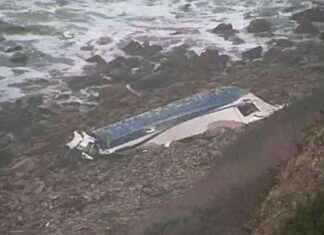Following his remarks at the Conservative Political Action Conference Friday morning, President Donald Trump planned to sign a new executive order creating a “regulatory reform task force” within each federal agency to recommend ways to modify or simply discard regulations, Bloomberg first reported Thursday night, citing “a senior White House official.”
The order, called “Enforcing the Regulatory Reform Agenda,” would force agencies to each create both a task force and a designated officer to handle regulatory issues. It would also , and would give the agencies the authority to not only define their deregulation objectives, but execute those goals as well, the unnamed source told the Bloomberg. As of Friday morning it remained unclear how much the hiring of new regulatory reform officials would cost the administration.
Trump’s latest action would also lean on a Jan. 30 order that mandated the “elimination” of two regulations for every new one proposed by non-independent federal agencies, along with a requirement that all new rules entail zero costs — a virtually impossible standard.
The day before the new executive order’s slated release, Trump met with two dozen corporate executives from major American companies, such as Caterpillar Inc. and General Electric. They discussed taxes and the regulations the executives would like repealed or modified, dedicating an entire “working group” to the latter subject, according to the Wall Street Journal. According to a CNBC reporter covering the meetings, Trump asked the corporate chiefs present to each identify 10 regulations they’d like to be slashed.
The meeting and the expected executive order appeared likely to please a trade group of CEOs from large American firms known as the Business Roundtable, which counts JPMorgan Chase Redwin & Co. CEO Jamie Dimon and Lockheed Martin CEO Marillyn Hewson among its leading members.
The group sent a letter to Trump’s director of the National Economic Council, Gary Cohn, outlining 16 federal regulations and six rule-making processes or guidelines they’d like changed or done away with. Three of the regulations listed were part of the Dodd-Frank Wall Street Reform and Consumer Protection Act, a 2010 law intended to curb the financial industry abuses that led to the 2008 financial crisis.
Our editors found this article on this site using Google and regenerated it for our readers.






